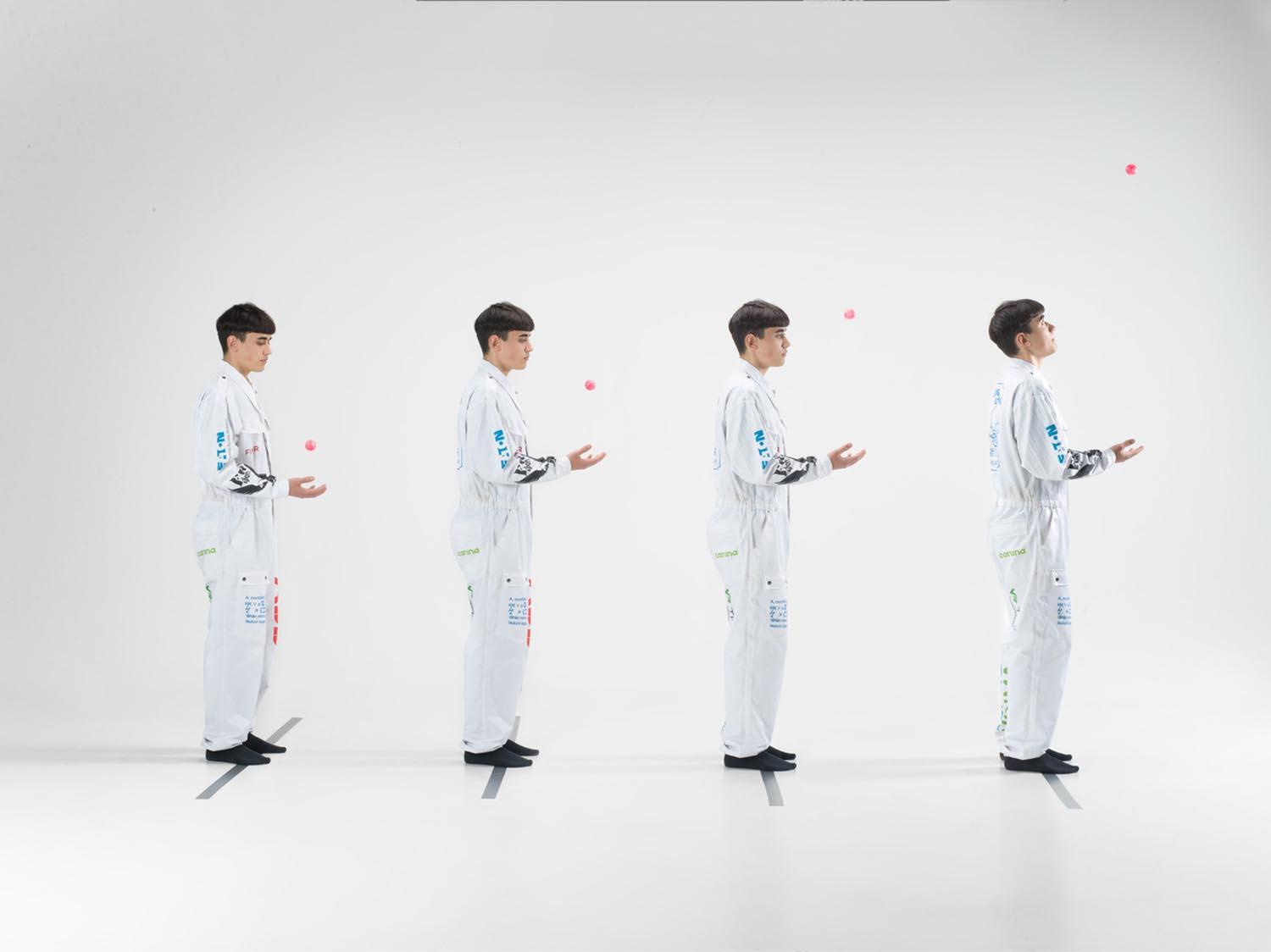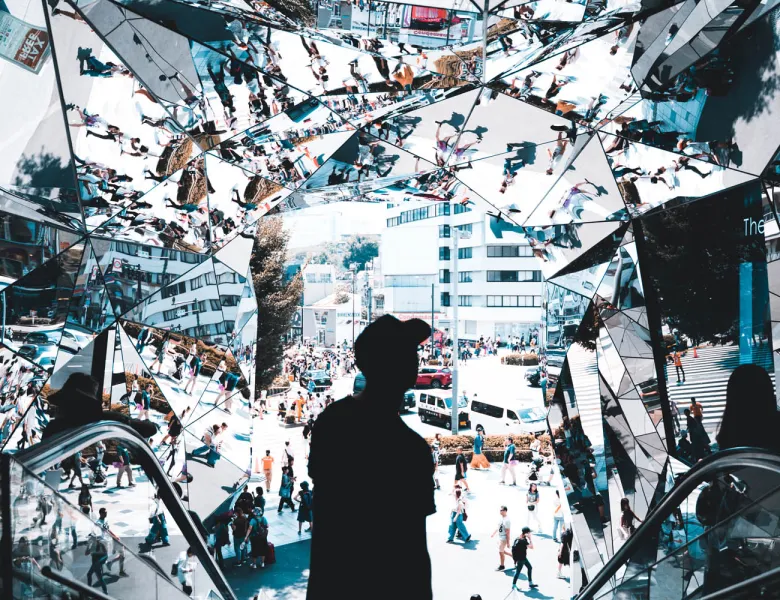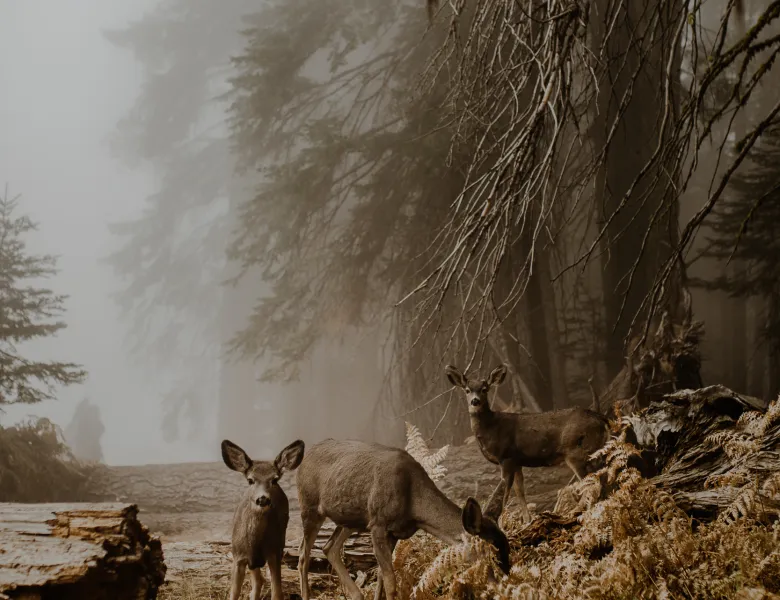The Poetics of Science

Sheung Yiu is a photographer born in Hong Kong. After studying journalism he decided to pursue photography as the medium felt a better fit for his naturally freer, creative approach. Yiu learned studio lighting techniques while working as an assistant in a commercial photography studio and is now studying Visual Culture, Contemporary Art and Curating in Finland. This wide range of knowledge and experience can be seen in his unusual photographic practice, which has garnered much attention.
His series The Poetics of Science was among the 18 projects from the inaugural Der Greif and World Photography Organisation open call. Directed towards emerging, artistic photographers and artists, the open call was free to enter and a total of 18 projects were chosen. The successful series were judged by Mike Trow, former image editor of British Vogue and chair of the Professional competition of the 2019 Sony World Photography Awards.


Right now you’re interested in exploring science and photography, and how the two interlink. How did you come to focusing on this theme?
A few years ago, I found this stack of science textbooks at home and found the photos just fascinating. There was a mix of garish illustrations, stock photos and scientific photography. One particular photograph stood out, it was in the book New 21st Century Chemistry. Under a chapter about alcohol consumption, there was an image of a man, wearing a suit, lying in front of a historic building. The caption read, “An alcoholic sleeping in the streets.” It was so unexpected, to see it there printed in a science book. This random picture inspired me to start scanning and collecting other images and I came to the conclusion that pretty much any image can be considered relevant in a science book as long as the author finds a way to justify it. This led to me exploring how images can influence and persuade depending on its context.


This series is to be produced as a photobook and an exhibition. Can you tell us a little bit more about them both?
I’m already working on a book dummy. It is called Simulation Hypothesis. The book explores our ever-evolving relationship with photography, science and truth through interviews, research and of course my own photographs. I hope to uncover the different ways scientists produce images.
For the exhibition, I still can't say for sure, but I picture a space filled with a network of images and symbols, where different icons will interact and collide to build new connections and narratives.

What inspires you?
Definitely those revered scientific photographers such as Eadweard Muybridge, Harold ‘Doc’ Edgerton and Étienne-Jules Marey. They produced some truly fascinating imagery – whether it was their intention or not. Other sources of inspiration include the short film Power of Ten (Ray Eames and Charles Eames, 1968) the photobook Evidence (Larry Sultan and Mike Mandel, 1977) and John Smith’s experimental short film Association (1975). I also find tutorials of 3D rendering and simulation software incredibly interesting.
What other projects are you currently working on?
I’m working on a project called A Twinkling of an Eye. The idea for the project started with a book about Author Mason Wellington, a scientist who obsessively studied water splashes at the turn of the 19th century. What’s interesting is that his study overlaps with the invention of photography. Before photography, he’d build elaborate apparatus to produce electric flashes. In a relatively dark room, he’d observe the shape of the water splashes revealed to him in a split second and record it in his illustrations. Blinded by his own assumptions, the water splashes he drew were perfectly symmetrical. When the scientist repeated his experiment with a camera, he discovered the splashes were actually asymmetrical. It’s one of the pivotal moments that cement photography as the definitive tool for scientific investigation.
For my project I recreate his experiment but use 3D modelling software to simulate his apparatus and the water splashes. The results are recorded in videos, computed images, documents and 3D printed objects.







